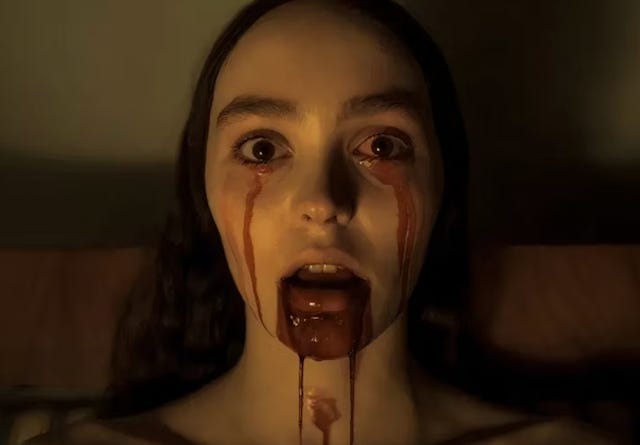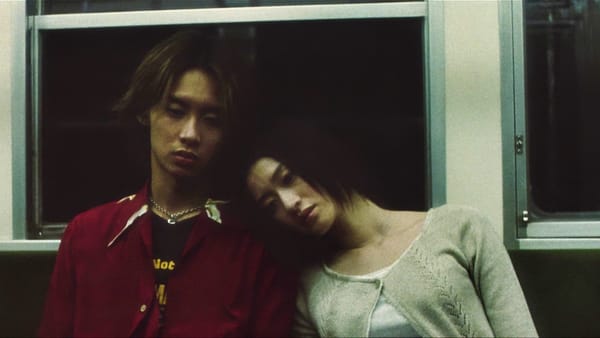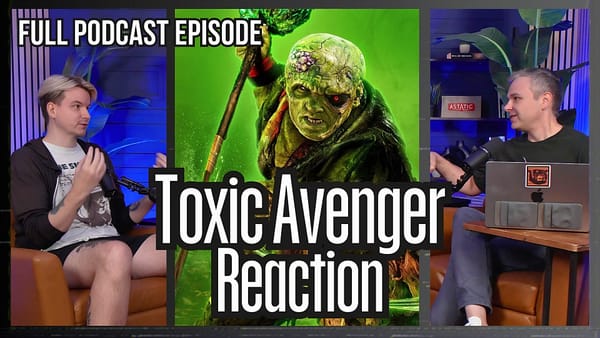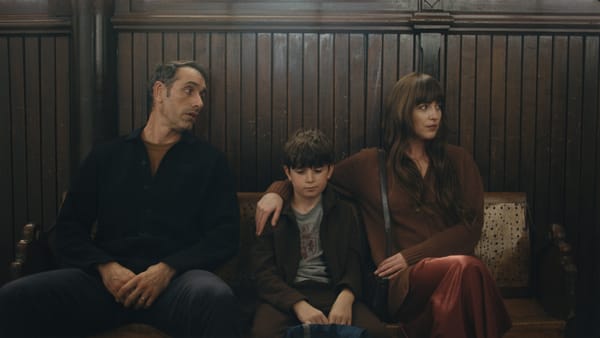‘Nosferatu’: A Haunting Vision of Desire and Darkness

Robert Eggers’ Nosferatu arrived in theaters as a Christmas offering, though it’s anything but festive. What it is, however, is a nightmarish — if somewhat lengthy— triumph.
This is a dark, gothic epic that feels both like a natural evolution of Eggers’ work and something wholly its own—a film that cements him as one of the most distinct and assured voices in contemporary genre cinema.
If you’ve been following Eggers since The Witch, you know his signatures: meticulously crafted haunted worlds, characters steeped in torment, and an uncompromising attention to period detail. With Nosferatu, he delivers his most ambitious horror yet. It’s visually lush, emotionally devastating, and deeply unsettling—an opulent fright fest that rivals other popular versions of the Dracula/Count Orlok tale.
Eggers doesn’t simply rehash F.W. Murnau’s silent classic of the same name, loosely based on Bram Stoker’s Dracula; instead, he expands the tale, rendering it larger, darker, and richer. This isn’t a simple story of a vampire preying on his victims. It’s an operatic exploration of longing, desire, and the eternal struggle between light and shadow.

The film’s core themes—deadly desire, internal conflict, and the hope for redemption—are expressed with an emotional intensity that feels visceral and immediate. Eggers taps into the primal fears and forbidden cravings that drive his characters, immersing us in a gripping narrative.
Visually and sonically, Nosferatu is stunning. Eggers crafts a world bathed in black and blue shadows that drips with dread. His use of light, texture and old world creeks and croaks creates a tactile quality that draws you into the story. Every frame feels alive, not with movement, but with the weight of its history and the inevitability of its tragedy.
What’s remarkable here is that the visual splendor never feels gratuitous. Eggers isn’t interested in flashy gimmicks or camera tricks that call attention to themselves. Instead, every shot serves the story, pulling us deeper into its hypnotic spell. The film’s aesthetic—opulent yet restrained—cements Eggers as a master of atmospheric storytelling.
The performances in Nosferatu are uniformly excellent, but a few stand out as exceptional. Willem Dafoe is, predictably, a hoot as the Van Helsing stand-in; shouting bloody murder one moment and drawing you in with soft spoken compassion the next.

Bill Skarsgard’s Count Orlok is grandly grotesque in design and reliably ghastly and loathsome throughout. But he’s eclipsed by Lily-Rose Depp, who’s far scarier and more unsettling than the titular vampire. Her character embodies the film’s central theme of dark and light duality, balancing innocence with menace, desire with fear. Depp’s physicality is particularly striking; she moves through the film like a wraith before jolting into unnerving convulsions; she haunts every scene she inhabits with creepy fits and starts.
And while Dafoe and Depp anchor the film’s emotional core, the rest of the cast rises to the occasion. Nicholas Hoult is quietly devastating in a role that requires both restraint and vulnerability, while the ensemble as a whole brings depth and texture to the world Eggers has built.
At just under three hours, Nosferatu is undeniably long, and its deliberate pacing demands patience. Some sequences feel repetitive, and the film’s relentless tension can verge on exhausting. But the narrative payoff is worth it. The film’s final act—bittersweet, and cathartic—justifies the journey, tying its threads together with precision and ghoulish grace.
If anything, the film’s length underscores its ambition. This isn’t a film that’s afraid to linger, to allow its audience to sit with the weight of its emotions, ideas and grotesque imagery. It’s a bold, uncompromising choice that, for the most part, pays off.
What makes Nosferatu truly remarkable is how it transcends its genre. Yes, this is a horror film, with moments of genuine terror. But it also uses its gothic trappings to explore universal themes of love, identity, and the destructive power of desire.
It’s a film that challenges its audience with shock and spectacle, but also with ideas—with questions about what it means to desire, to destroy, and to hope.





